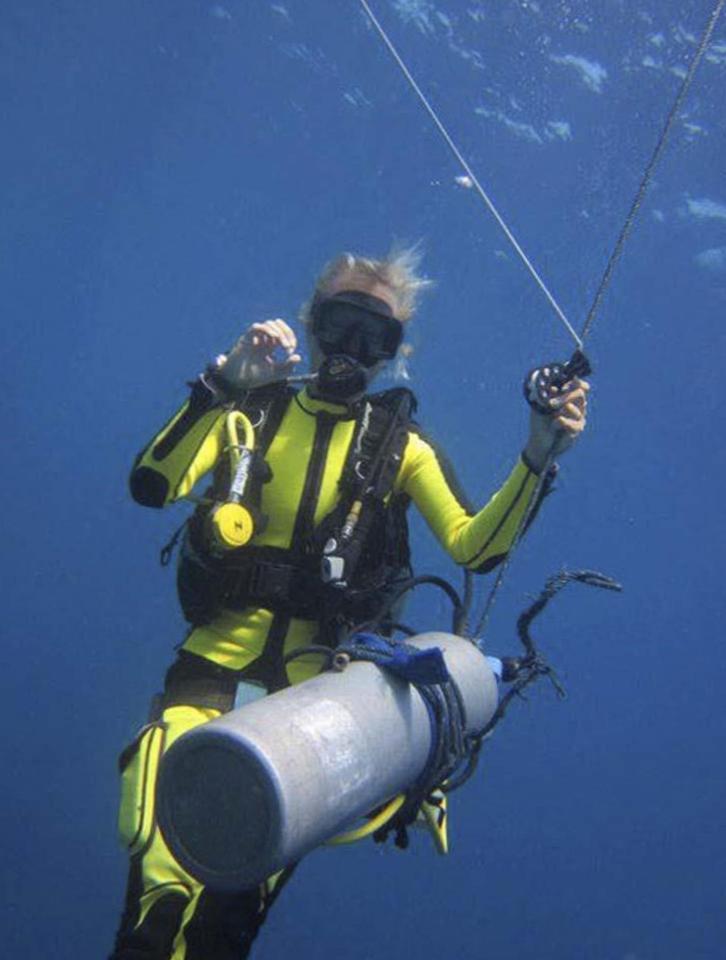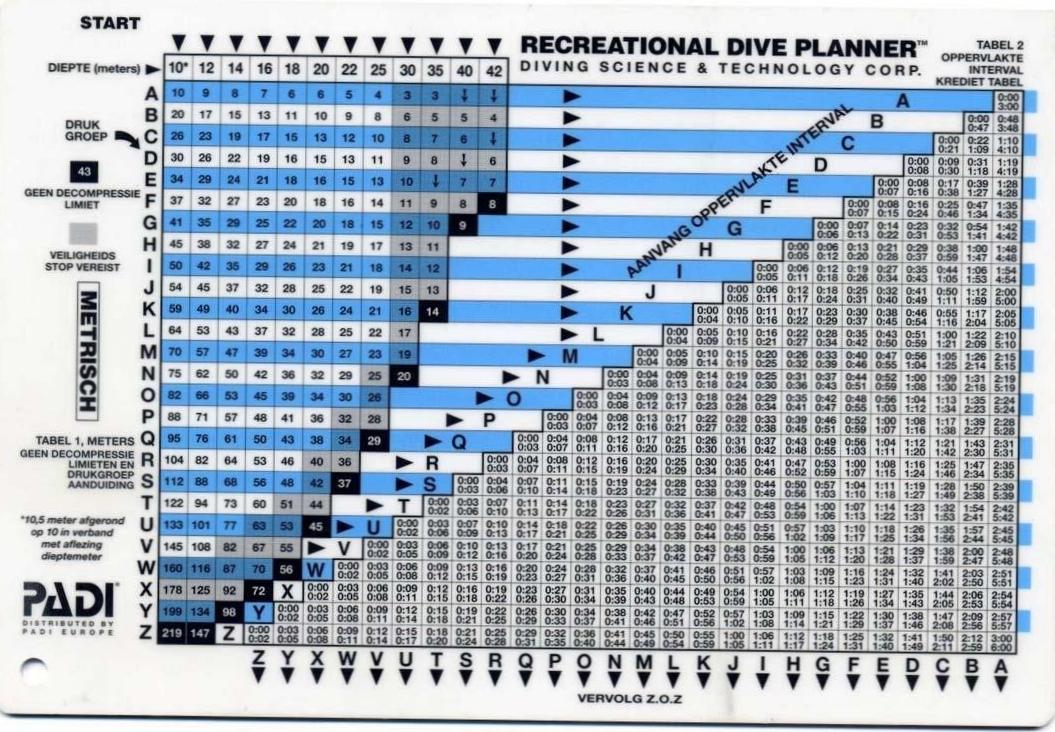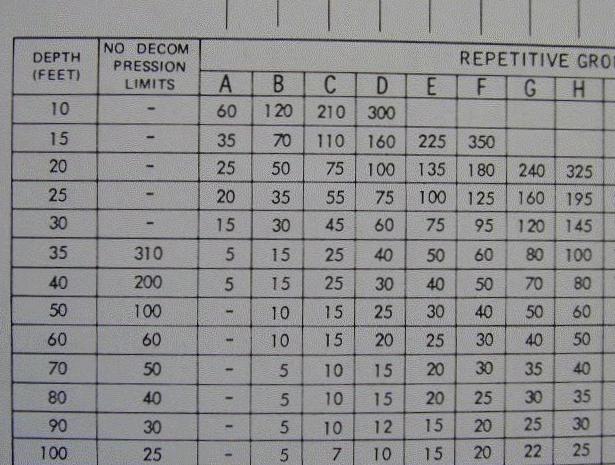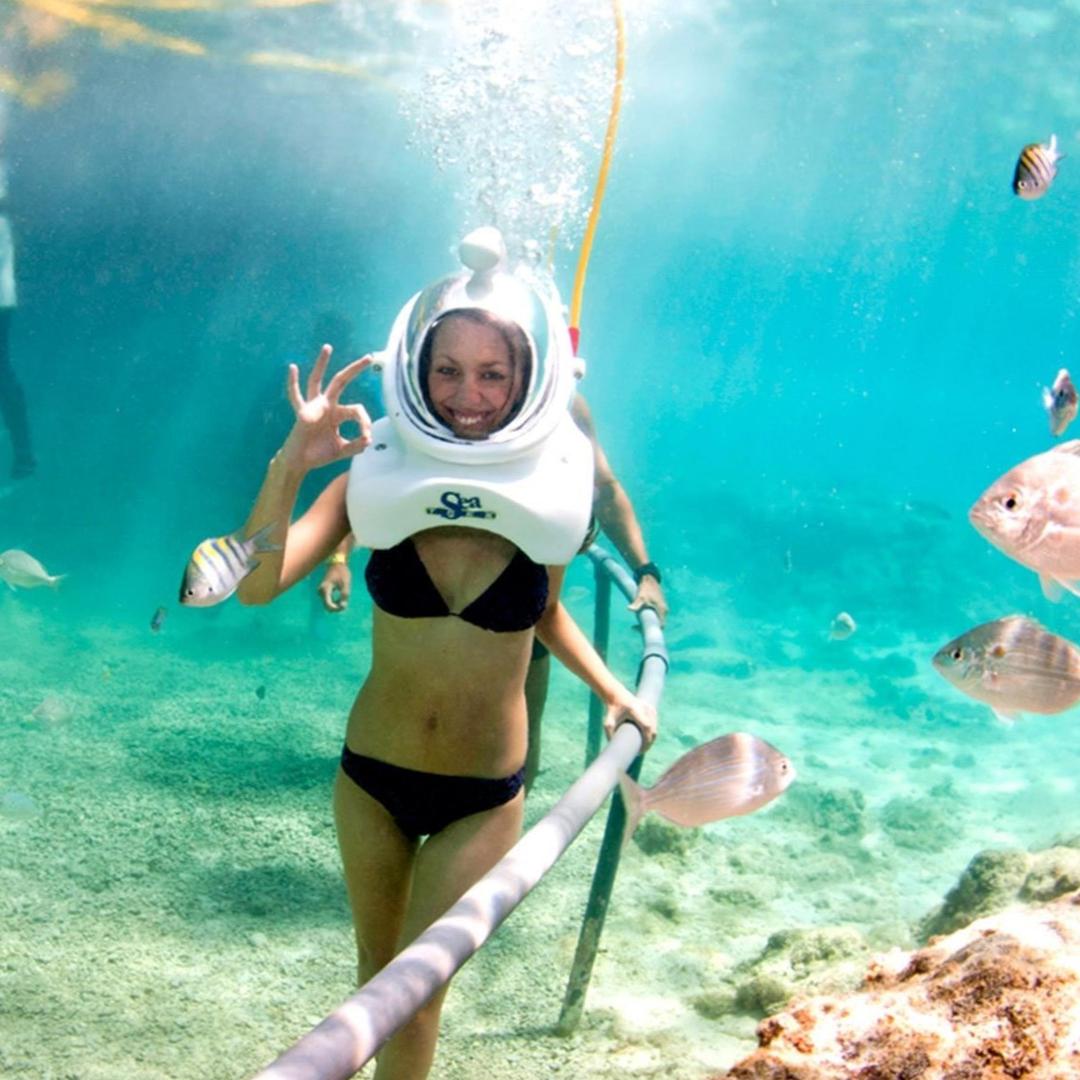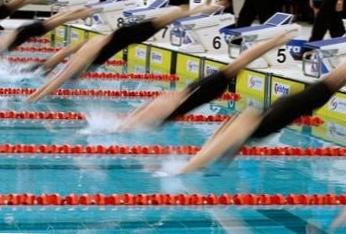Diving: What is No Stop Time?
Introduction to No Stop Time
No stop time, also referred to as no decompression limit or bottom time, is a crucial concept in the world of diving. Simply put, it refers to the maximum amount of time a diver can spend underwater at a particular depth without the need for mandatory decompression stops during ascent. These stops are necessary to allow the body to safely eliminate excess nitrogen absorbed during the dive. No stop time is calculated based on factors such as the depth of the dive, the amount of nitrogen absorbed, and the diver’s previous dive history. As a diver, understanding and abiding by these limits is essential for ensuring a safe and enjoyable dive experience. In this article, we will delve deeper into the concept of no stop time, exploring how it is determined and why it is of utmost importance for divers. So, let’s dive in!
Diving: What is No Stop Time?
When planning a dive, understanding the concept of «no stop time» is crucial for divers. No stop time refers to the maximum amount of time a diver can spend at a specific depth without needing to make decompression stops while ascending. These stops are necessary to allow the body to release accumulated nitrogen safely. Let’s dive deeper into the factors that can affect the no stop time for divers.
One of the primary factors that influence the no stop time is the depth of the dive. The deeper a diver goes, the shorter their no stop time becomes. At greater depths, the increased pressure makes the body absorb more nitrogen, thus necessitating longer decompression stops during the ascent.
Another critical factor to consider is the duration of the dive. The longer a diver spends underwater, the more nitrogen they accumulate in their body tissues. This accumulation requires additional decompression time during the ascent, reducing the no stop time.
The type of breathing gas used during a dive also affects the no stop time. Nitrogen-oxygen mixes, such as air, have shorter no stop times compared to other gas blends like nitrox or trimix. Divers using these alternative gas mixtures can extend their no stop time, allowing for longer dives at certain depths.
Additionally, factors like age, physical fitness, and hydration levels can impact the body’s ability to handle nitrogen absorption and affect the no stop time. Older divers may experience a reduced no stop time due to their body’s decreased efficiency in eliminating nitrogen. Poor physical fitness can also lead to a shorter no stop time, as well as dehydration, which can exacerbate nitrogen uptake.
It’s essential for divers to monitor their depth and time underwater, along with their no stop time, to ensure a safe and enjoyable diving experience. Being aware of the factors that influence the no stop time allows divers to make informed decisions and plan their dives accordingly. Remember, always prioritize safety and follow proper diving protocols. Happy diving!
Understanding No Stop Time in Diving: Calculate Your Safety Limit
When it comes to diving, understanding the concept of No Stop Time is crucial for your safety underwater. No Stop Time refers to the amount of time a diver can spend at a certain depth without having to make decompression stops on their ascent. These stops allow excess nitrogen absorbed during the dive to be safely released from your body. Calculating No Stop Time involves several factors, including the depth of the dive, the time spent at that depth, and the specific dive tables or dive computer being used.
To calculate your No Stop Time, you need to refer to dive tables or rely on a dive computer. Dive tables are sets of calculations developed by organizations like the Recreational Scuba Training Council (RSTC) to determine safe dive times at various depths. These tables take into account factors such as the nitrogen absorption rate, ascent rates, and surface intervals between dives.
Using dive tables involves finding the depth of your dive on the table and then determining the corresponding allowable dive time. The tables typically have columns for various depths and rows for different dive times, usually in increments of 5 or 10 minutes. By identifying where your dive depth and time intersect, you can calculate your No Stop Time.
Alternatively, many divers use dive computers, electronic devices that automatically calculate No Stop Time based on real-time depth and duration of the dive. These sophisticated devices consider various factors such as dive profiles, ascent rates, and previous dives to provide accurate and up-to-date No Stop Time calculations. It’s important to follow the guidelines and recommendations provided by your dive computer when planning your dive.
Remember, exceeding your No Stop Time can lead to decompression sickness, commonly known as «the bends,» which can have serious medical consequences. Always prioritize your safety and follow the dive tables or dive computer instructions to ensure a safe and enjoyable underwater experience.
What is No Stop Time in Diving?
If you’re a diving enthusiast, you may have heard the term «no stop time» before. But what exactly does it mean? No stop time refers to the amount of time a diver can spend at a certain depth without needing to make decompression stops during the ascent. Decompression stops are necessary to allow the body to safely release excess nitrogen absorbed while underwater. Failure to make these stops can lead to decompression sickness or «the bends,» a potentially serious condition.
To determine the no stop time, divers rely on dive tables or dive computers. These tools calculate the safe duration of a dive based on the depth and time spent underwater. Different depths and times have varying no stop times, reflecting the body’s need to release nitrogen safely.
Safety is paramount in diving, and divers must adhere to certain measures to ensure their well-being underwater. Firstly, it is crucial to plan dives within the limits of the no stop time. This means staying within the recommended depth and time limits provided by dive tables or dive computers.
Maintaining proper buoyancy control is also vital for diver safety. It helps conserve energy, prevents accidental descent, and assists in controlling ascent rates. Divers should continuously monitor their buoyancy and make adjustments as needed to ensure a safe and comfortable dive.
Another essential safety measure is the use of a reliable and regularly serviced dive equipment. This includes diving masks, regulators, and buoyancy compensators. Ensuring all equipment is in good working condition reduces the risk of malfunctions or equipment failure while underwater.
Furthermore, it is crucial for divers to dive with a buddy. A dive buddy provides an extra layer of safety and allows for mutual assistance in case of any unforeseen circumstances. It is important to communicate and establish a clear plan before the dive, keeping an eye on each other while exploring the underwater wonders.
By following these safety measures, divers can enjoy their underwater adventures while minimizing the risks associated with diving. Remember, safety should always be the top priority when it comes to any diving excursion.
diving what is no stop time

